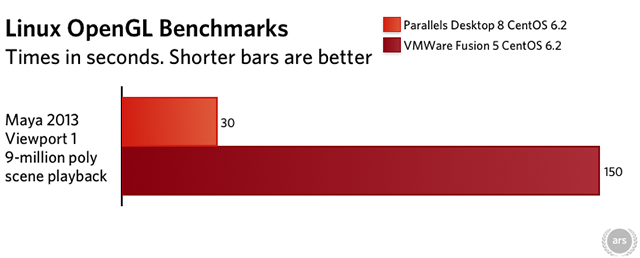

- PARALLELS DESKTOP VS VMWARE FUSION FULL
- PARALLELS DESKTOP VS VMWARE FUSION SOFTWARE
- PARALLELS DESKTOP VS VMWARE FUSION TRIAL
PARALLELS DESKTOP VS VMWARE FUSION SOFTWARE
As I pointed out, Parallels windows aren’t exactly as graceful and smooth as native macOS windows when dragging them around the screen, but the graphics at least hold together and it doesn’t give you the feeling like you’re using some kind of sketchy, buggy software that might crash at any moment. With VMware Fusion, dragging the Windows ADUC window around results in the window getting really deformed while dragging, leaving all sorts of nasty graphical artifacts in its wake until you’re finished moving the window. With Parallels, while moving the app windows around isn’t exactly smooth, it’s very comparable to using RDP just slightly choppy at its best.
PARALLELS DESKTOP VS VMWARE FUSION TRIAL
With my Parallels trial running out in a few days, I installed VMware Fusion 11.5 and imported my VM file from Parallels into it and gave its “Ubiquity” mode a try, and I’m just going to cut to the chase: It was immediately apparent that Parallels is better when it comes to the presentation of the seamless window modes. Parallels Desktop gave me a pretty decent experience, and was easy to figure out. I’m probably not going to bother with VirtualBox due to not only the reviews, but that mixed with me being a little jaded when it comes to expectations of open source software doing anything fancy, but I did want to give the other premium option a try. The general consensus I saw was that Parallels was the better choice overall due to it being faster when it came to VM startup and app window performance, and this was both for general VM mode and “Coherence” mode, (which is what Parallels calls the feature I’m looking for.) All of the reviews also cited Virtual Box’s “seamless” mode as being the worst performer, with VMware Fusion falling somewhere in between. I actually tried a trial of Parallels Desktop 15 first and began reading reviews of the others. There are 3 virtual machine apps that can do this: Parallels Desktop, VMware Fusion, and VirtualBox.
PARALLELS DESKTOP VS VMWARE FUSION FULL
I recently got the idea of instead running a Windows virtual machine locally on my Mac, mainly to take advantage of a feature I’ve read about that allows you to have your VM app windows appear as standalone windows that you can move around among your native macOS windows, instead of having to flip over to your full Windows VM. It’s only mildly inconvenient, but I wanted to try something new. Not a lot of hoops to jump through It only requires an extra swipe of my trackpad, but I do have to log in back into the Windows session a lot since we have a group policy that automatically locks your computer screen after 15 minutes of inactivity. This gets the job done, as long as I’m either on the work office network either in person or remotely via VPN, and as long as the network is performing well, which is usually is. So for the longest time, I’ve kept my old Windows laptop at my desk connected to the network, and I would initiate a Microsoft Remote Desktop Connection session to it and use Active Directory Users & Computers and any other Windows RSAT admin tools that I needed. Using a Mac in a Windows environment and having an admin role makes it necessary to keep a Windows computer handy to perform many Active Directory tasks since there is no native macOS domain admin tools for Windows Active Directory, or at least none that are reasonably priced.


 0 kommentar(er)
0 kommentar(er)
